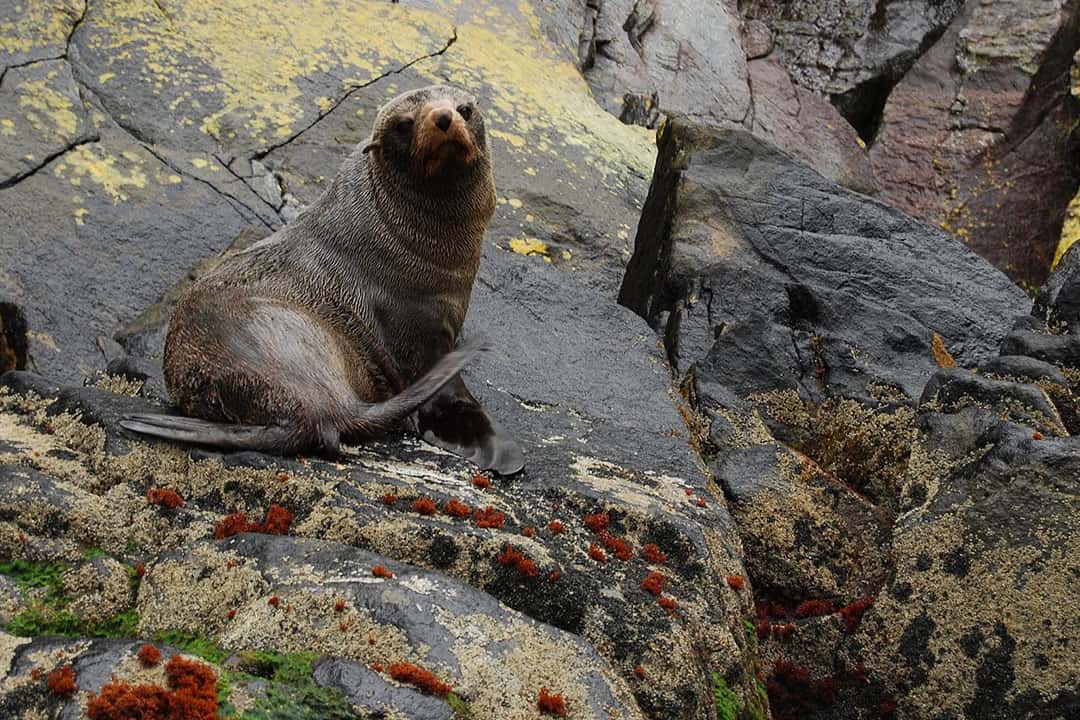Working to shine light on a major cause of death for the endangered New Zealand sea lion is Dr. Martin Krkosek, a U of T professor in the Department of Ecology and Evolutionary Biology, and his colleagues in New Zealand.
The region’s Auckland Islands, an uninhabited archipelago in the sub-Antarctic is a hotbed for arrow squid fishing. Sea lions, one of the top predators in the area, are still affected by this fishing, even though sea lion exclusion devices have been placed in the area since 2001 to help reduce sea lion mortality.
Sea lion exclusion devices work to reduce the amount of bycatch, the other marine species unintentionally caught by fishing while targeting other species.
Sea lion exclusion devices function by placing a grid at the end of the net to allow squids, the intended species, to pass through, but blocks sea lions from doing so. Instead, sea lions are pushed to an opening at the top of the net.
However, sea lions may be harmed by these devices, which can reduce the life expectancy and the fertility of the animal. While reports say sea lion bycatch has been reduced, Krkosek and his colleagues are not convinced.
“Most sea lions, alive, injured, or dead will be released from the net before it is pulled up and the fish brought on board,” wrote Krkosek. “Because the fate of animals that are released from the fishing nets is not known, it has been assumed – but never evaluated – that by reducing bycatch the devices help protect endangered species.”
“Our results indicate that the devices do not work, and rather than protecting an endangered species they contribute to extinction risk by hiding mortality that occurs from fishery interactions.”
This research is significant because exclusion devices have been used around the globe for decades to protect marine megafauna. Additionally, the loss of sea lions in the area can have a lasting impact on the food chain near the Auckland Islands.
“Only great white sharks sit higher than them on the food chain. [Sea lions] would be an important part of top-down regulation of fish and squid species,” said Krkosek.
In an interview with U of T News, Bruce Robertson, a co-author of the study, stated that there are still many options open to the New Zealand government that can reduce the consequences of exclusion devices and fishing on the sea lion population. The New Zealand government says it’s working to stop the needless deaths of the sea lions and hopes to stabilize the population in the next 20 years, though the U of T researchers’ findings have been rejected by the New Zealand seafood industry. Any information presented in the study will only be factored into practice upon the completion of a review by the Ministry for Primary Industries.


